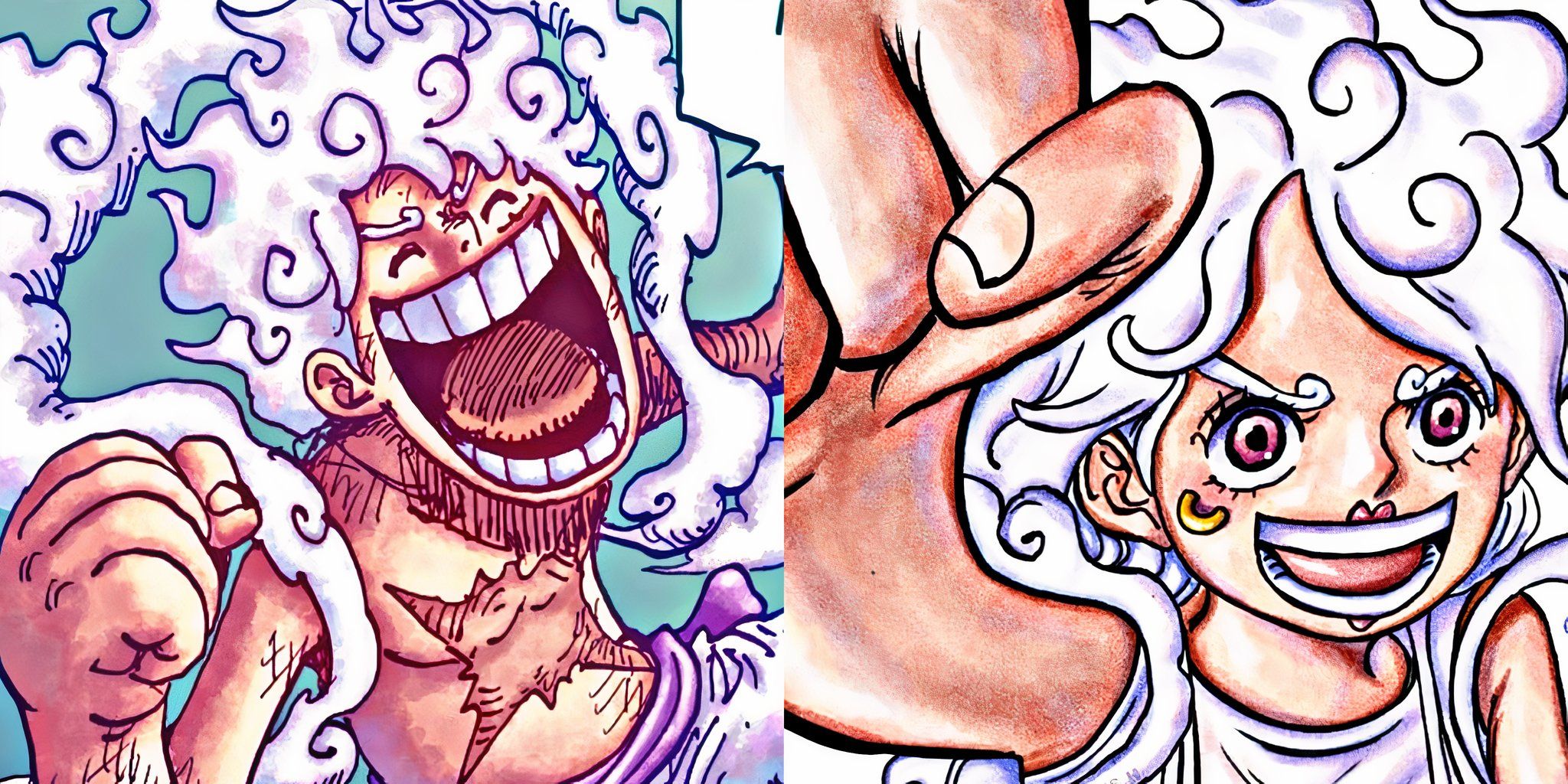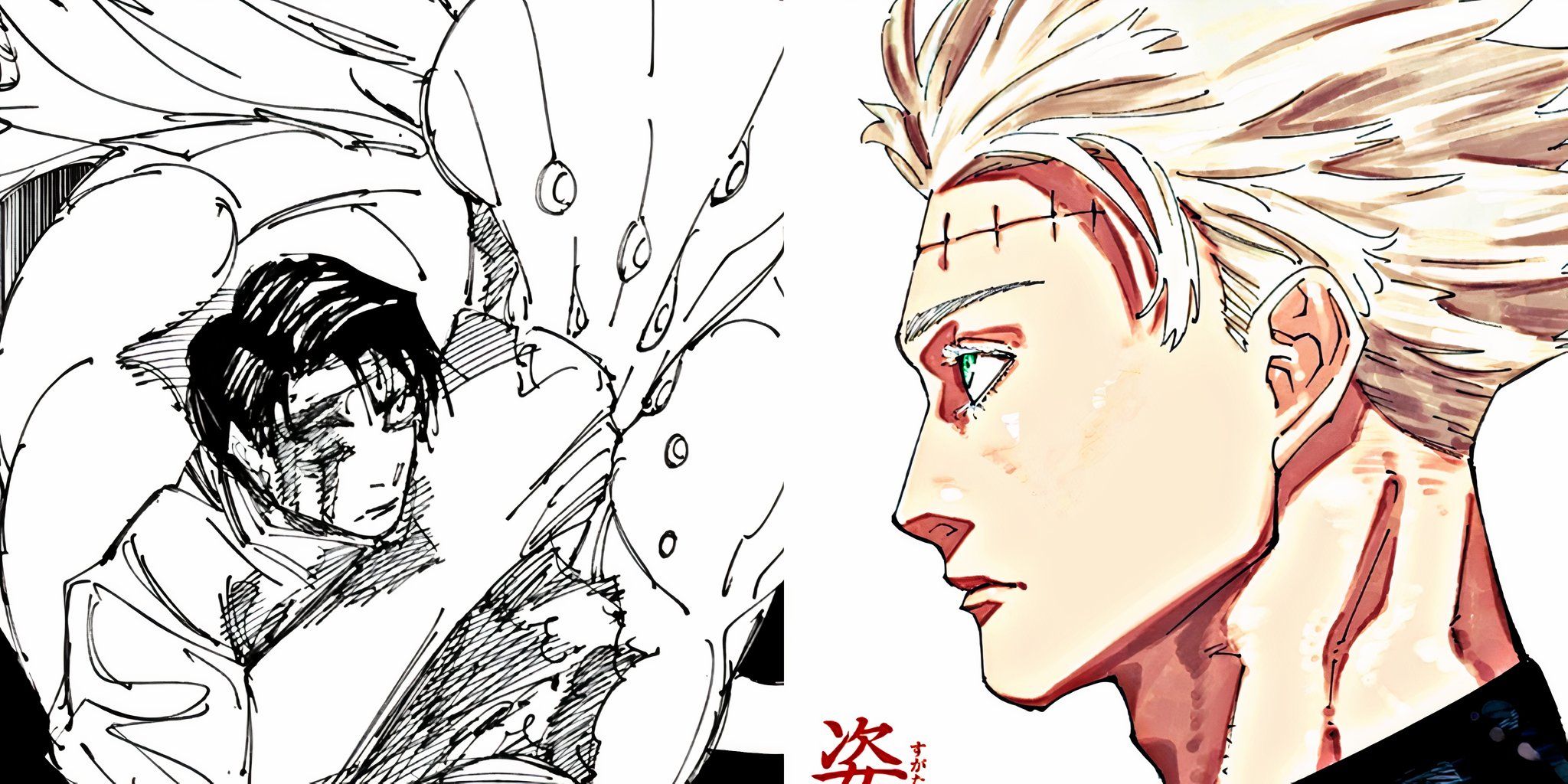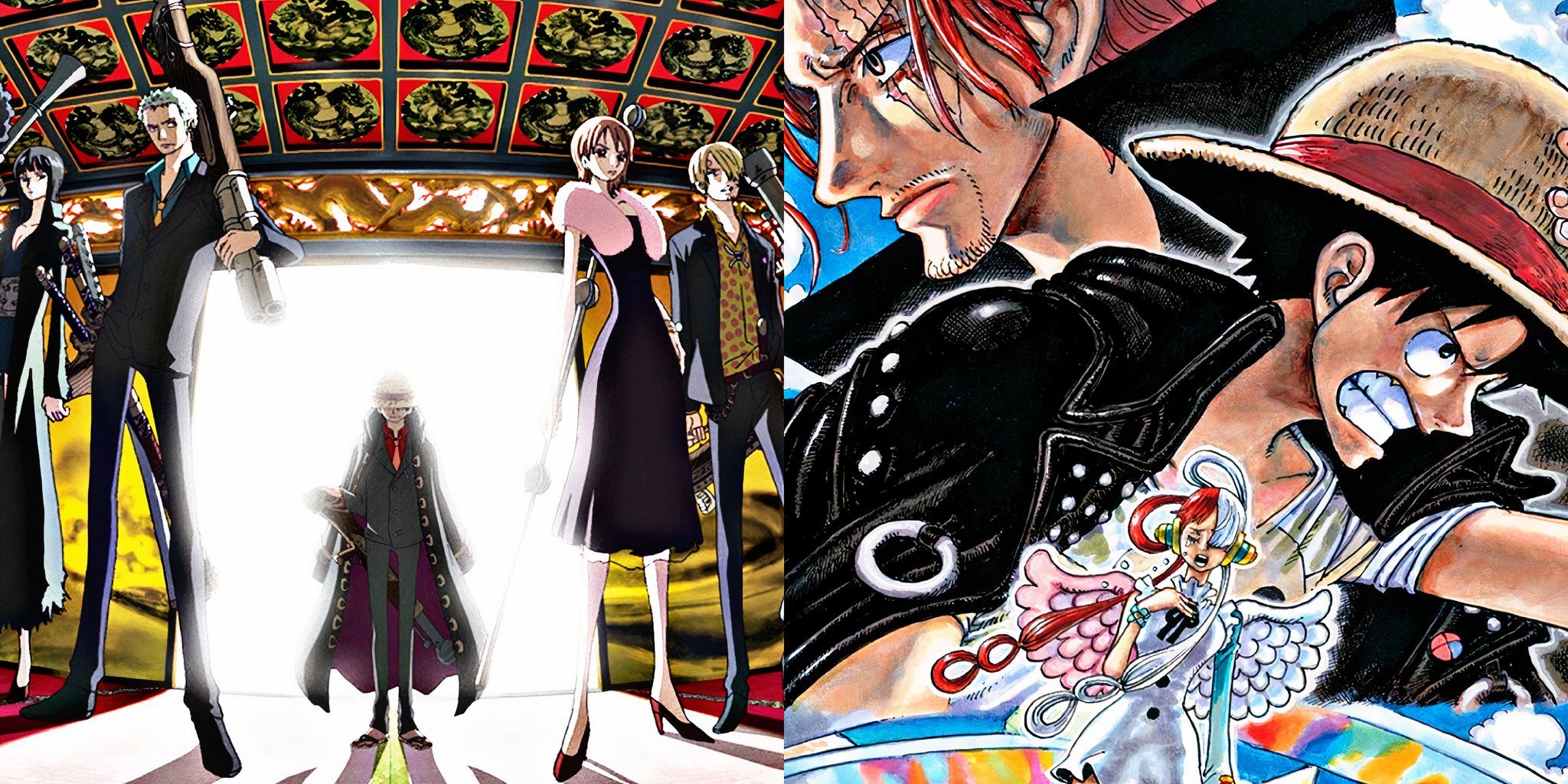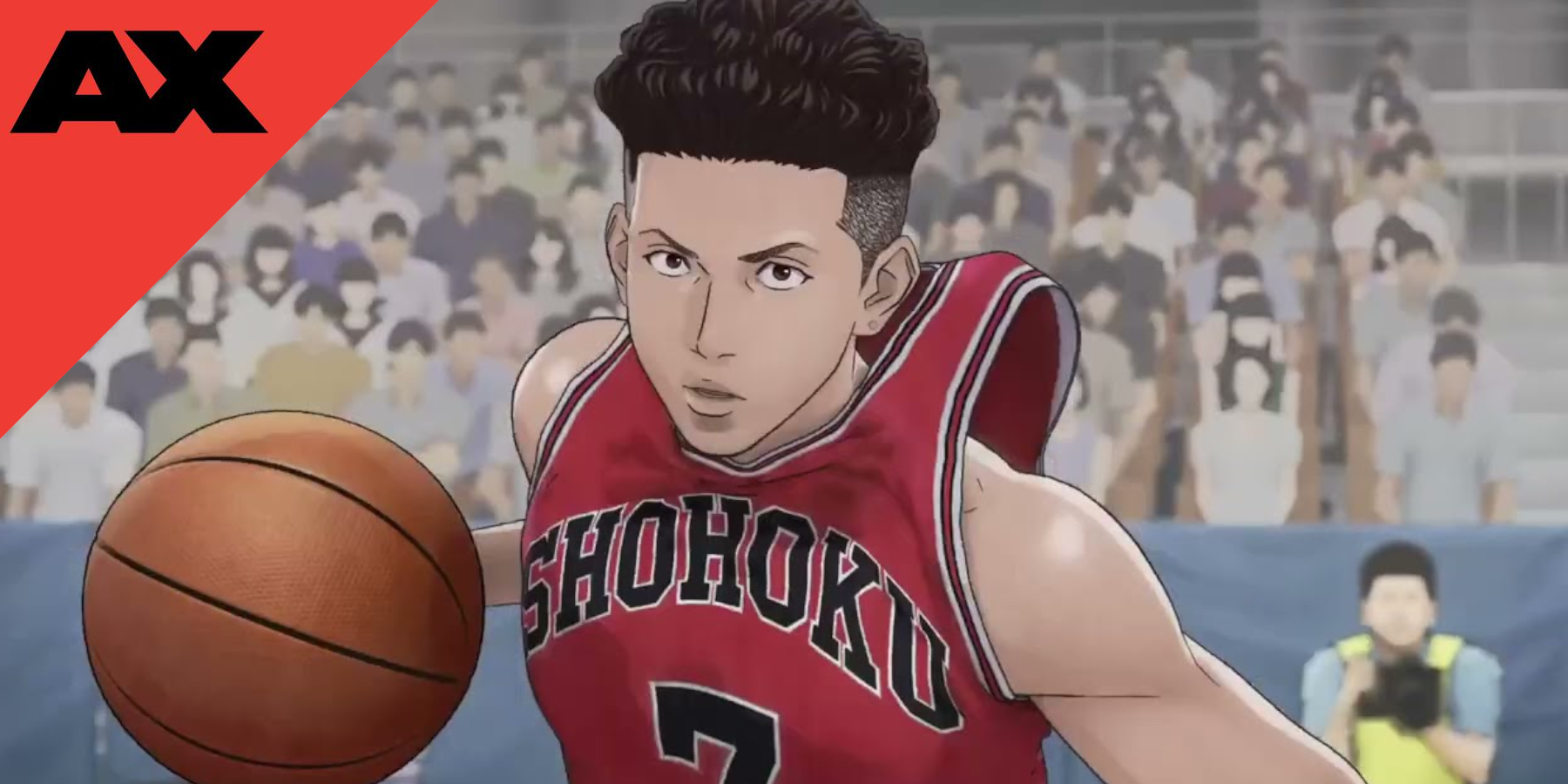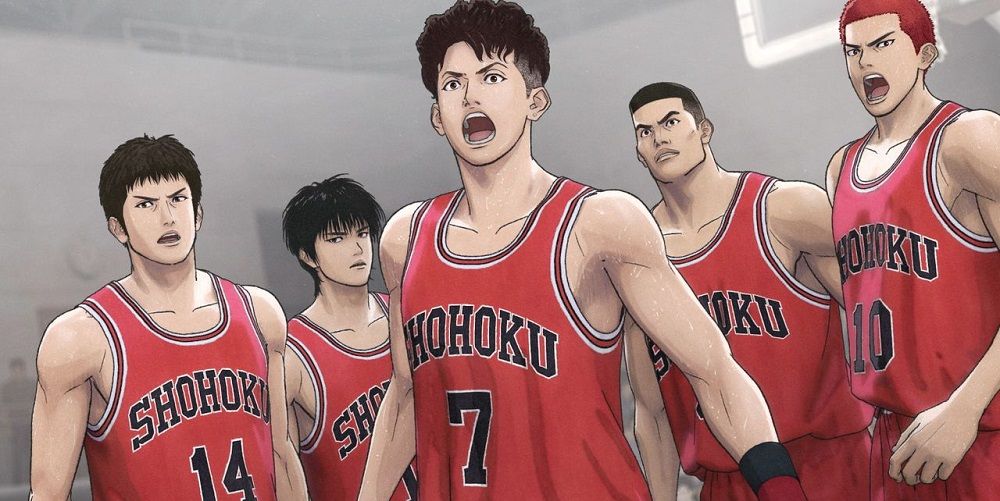Premiering at Anime Expo, this was a movie that had some big sneakers to fill. There’s hardly much buildup to the big game in The First Slam Dunk—Takehiko Inoue’s movie adaptation of his classic basketball manga and basketball anime is the big game. Almost the entirety of the movie is centered around the matchup between Shohoku and Sannoh high schools in a way that in many ways like watching a basketball game itself, aided by Inoue’s directing and the work of editor Ryûichi Takita to direct the audience’s attention in a way that emulates the feel of watching an actual basketball game. The film’s sound mixing is tactile and earthy, and the large stretches of game without music give it time to shine, while also making the actual moments hyped up by music all the more intense.
Though the weight of the story is conveyed through various sequences interspersed throughout the 2-hour runtime. Most of these interludes center around the main character of Ryota, the shorter-than-average point guard who has a deep connection to his older brother, revealed in a dynamic from the opening scene and with a sense of weight that, without spoilers, carries the emotional core of the film. The story gives some time to Sannoh, but most of the character growth goes to the protags at Shohoku—that character growth in-turn mostly serves to heighten the action of the game. The plot of the game is a classic underdog story, perhaps a bit tropey—that functions to serve up several moments of intense action, blocks, scores, and team dynamics that are the main selling point of the movie. At Anime Expo at least, these moments were met with big cheers.
One of the biggest factors in the film that has been on people’s minds (for better or for worse) since the first trailer dropped in 2022, is the fact that much of the animation in The First Slam Dunk is largely animated in CGI, Toei Animation being assisted by Studio Colorido, known for its theatrical features like Penguin Highway as well as its inventive adaptations for Pokemon and the anthology series Star Wars: Visions.
While CGI in Slam Dunk has a reputation for being harder to match the visual aesthetics of manga and traditional anime, its usage in The First Slam Dunk hardly tramples on the aesthetics of Inoue’s distinct visual style. Blur-lines and editorial techniques match the aesthetics of the original anime series, while the shading on the characters’ uniforms naturally lends itself to the inked-aesthetics of the manga’s tankobon covers.
And on that note, the manga is a particularly strong visual influence on the film. The title sequence includes the Shohoku team gradually being drawn to walk together, using visual references from the manga. Likewise, close-up manga effect lines and even full-on black and white manga-esque images are used to create tension during climactic moments. While the CGI in the film is used to up the dynamism of the action (in a way that’s perhaps not dissimilar to the CGI of Trigun: Stampede), Inoue overlays the more stylistic visual sensibilities of his property’s prior incarnations in a way that feels naturalistic and intentional rather than as a form of corner-cutting. The most modern artifact of the movie ironically isn’t related to its art at all—that would be its inclusion of an after-credits scene, a distinctly modern movie practice that is worth sticking around for, yet hardly the lynchpin of it all.
When the clock hits zero and the points are tallied up, The First Slam Dunk is a movie that builds on the legacy of its source material, giving audiences what they came to expect from it rather than relying on nostalgia. Much like an actual game of basketball, it hits hard and fast.
The First Slam Dunk comes to US theaters in both subtitled and dubbed screenings starting July 28. See more info on tickets from GKIDS.
Film: The First Slam Dunk
Director: Takehiko Inoue
Rating: 4/5
The First Slam Dunk

